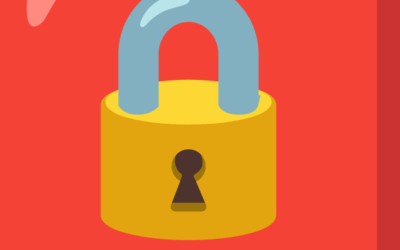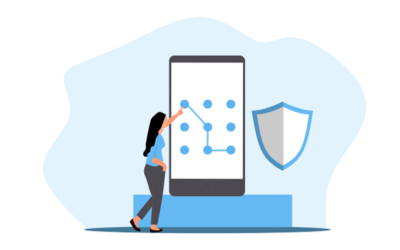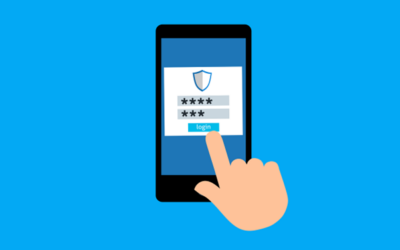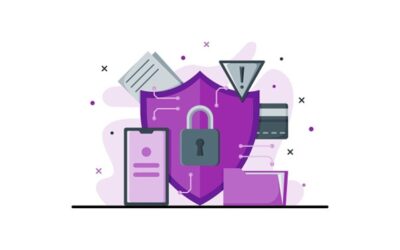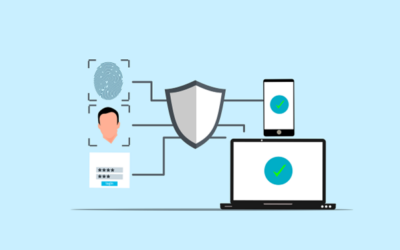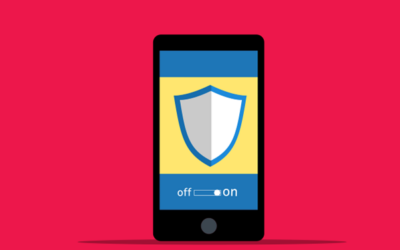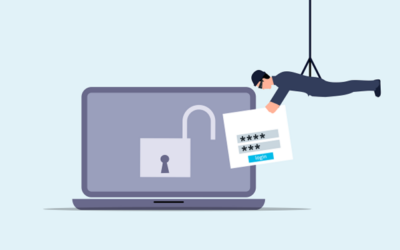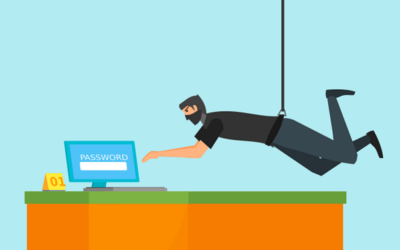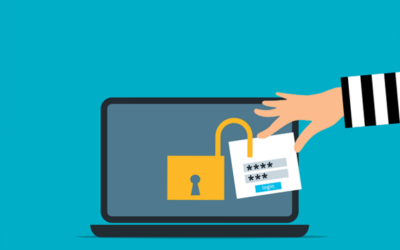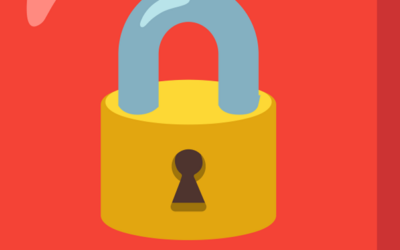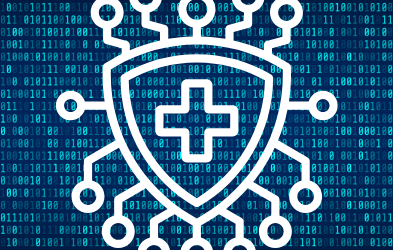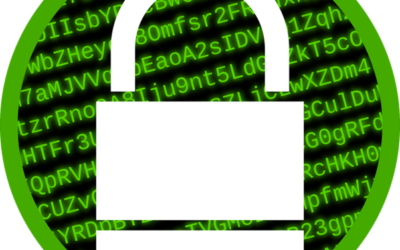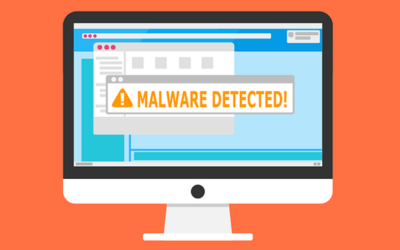 Cyber-attackers have various motives and methods to steal information. They continuously find ways to disrupt businesses and clear bank accounts. With technology becoming increasingly prevalent in our day-to-day lives, cyber risks are increasing as well.
Cyber-attackers have various motives and methods to steal information. They continuously find ways to disrupt businesses and clear bank accounts. With technology becoming increasingly prevalent in our day-to-day lives, cyber risks are increasing as well.
Data poisoning attacks, a lesser-known type of cyber attack, can cause great damage to an organization that often goes undetected for a long time. Some cases can cause even more damage than common threats such as viruses and ransomware. In a cyber poisoning attack, incorrect data quietly slithers into your system and changes its overall functioning, which can lead to a data breach and loss of user trust.
What is Cyber Poison Attacks?
Cyber poison attacks alter the area where the computer system makes smart decisions. The attacker creates a loophole in the core data rule and trains the system to adhere to that rule to exploit it. As a result, the system’s data model becomes skewed, and the output is no longer as originally intended.
For example, the access control for a particular file is only accessible to those in an organization above the VP level. However, an attacker might change the main parameter to include the manager level. In this case, the core data set becomes violated, and the system will not detect an intrusion by someone at the manager level, even if they log in with their credentials.
Types of Poison Attacks
There are four main categories of poison attack methodologies:
- Logic corruption – The attacker changes the basic logic used to make the system arrive at the output. It essentially changes how the system learns, applies new rules, and corrupts the system to do whatever the attacker wants.
- Data manipulation – The attacker manipulates the data to extend data boundaries that result in backdoor entries that they can use to exploit later.
- Data injection – The attacker inserts fake data into the actual data set to skew the data model and ultimately weaken the outcome. The weakened effect then serves as an easy entryway into the victim’s system.
- DNS Cache Poisoning – The attacker corrupts the DNS data and causes the name server to return an incorrect result.
The Most Common Poisoning Attack: DNS Cache Poisoning
Domain Name System (DNS) is the “backbone” of the internet that associates a unique IP address with each domain name. A DNS cache poisoning, also called a DNS spoofing attack, can take traffic away from a legitimate server and send it over to a fake one.
In the case of a DNS cache poisoning attack, the attacker enters false information into a DNS cache. This leads to the DNS queries returning incorrect data. Usually, this inaccurate data is in the form of a fake website. As a result, anyone typing in the actual website URL ends up redirected to the fake one. This article explains more about what happens behind the scenes.
The fake website that users end up redirected to could be a phishing site where the attacker attempts to capture the unsuspecting victim’s data or secure information. For example, the visitor might think they’re logging into their bank’s website online, but they are actually on the attacker’s phishing site and exposing their login credentials.
How To Protect Your Organization Against DNS Cache Poisoning
A DNS poison attack is particularly dangerous because it can quickly spread from one DNS server to the next. Below are some ways to protect yourself and your customers from becoming victims of this type of attack.
Cybercriminals try to corrupt your DNS server using theirs. You can prevent this by bringing Wahaya IT onboard for your DNS server set-up. As experts, we know how to set up your DNS server to have a minimum relationship with other external DNS servers. This will limit your attacker’s ability to corrupt your DNS server using their own.
As a best practice, ensure that your DNS servers only store data related to your domain and no other information. It is harder to corrupt the system when it focuses on a single element.
Another best practice is to ensure that you are up-to-date on all DNS security mechanisms and are using the most recent version of the DNS.
Ensure your site has an SSL certificate and make sure it is HTTPS. Using encryption, a site with HTTPS protocol allows for a more secure connection between its server and the internet and is better at keeping cybercriminals out.
Having an SSL certificate also ensures your site’s name shows up alongside the URL in the address bar. This is an easy way for visitors to identify if they are on a real website or not, thus helping them steer clear of phishing attacks and clone sites.
Your users expect to be safe when visiting your website. However, your organization may suffer long-term consequences from a data breach without the proper security measures in place.
Take the right steps to help your organization defend against cyber poisoning attacks.
Click here to contact Wahaya IT and start developing a security plan for your company.



